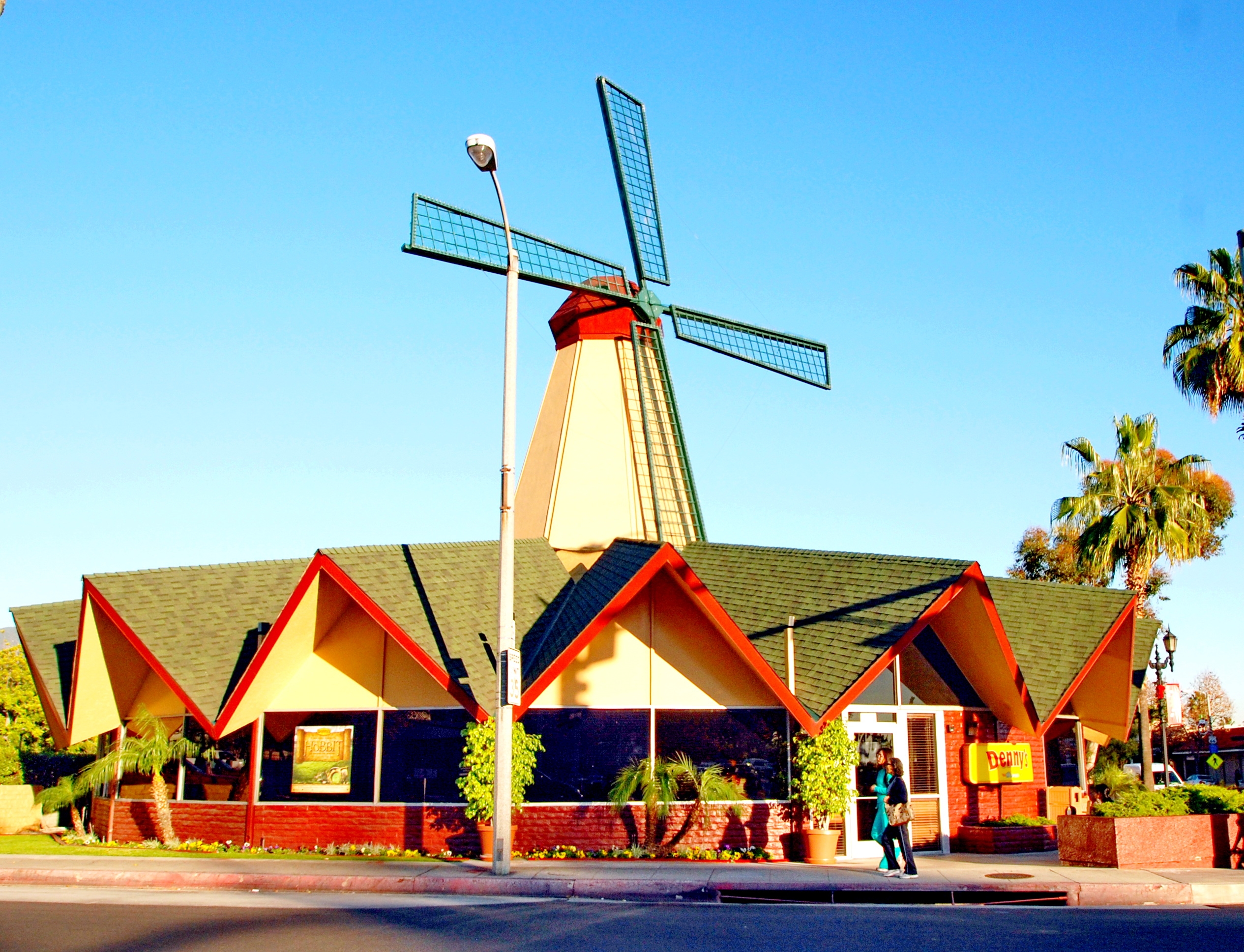
Place
Balboa Highlands
A rare regional example of a development by one of the state's leading proponents of modern living, the modest yet striking homes of the tract embody Eichler's vision of modern architecture for everyone.
Place Details
Address
Get directions
Year
Style
Decade
Property Type
Community
Those in search of a stylish and well-designed Mid-Century Modern residential development need look no further than the Balboa Highlands tract, located in the San Fernando Valley community of Granada Hills. Constructed by seminal California developer Joseph Eichler between 1962 and 1964, the modest yet striking middle-class homes of the tract embody Eichler’s vision of modern architecture for everyone. The houses of Balboa Highlands generally exhibit four basic models with three roofline types: flat, A-frame, or slant.
All of the buildings have simple front façades with unassuming clerestory windows, but within each house is an open atrium courtyard and floor-to-ceiling glass walls opening to the atrium and rear yard. The highly functional interiors are filled with natural light and have partially open floor plans with a communal feel.
Joseph Eichler fell in love with modern architecture in 1943 after living in a Frank Lloyd Wright house and resolved to build and sell homes that would use modern ideas to create a better living experience for ordinary people.
By the 1950s, his company Eichler Homes was constructing thousands of houses in the San Francisco Bay Area, meeting with widespread critical as well as popular acclaim. Eichler collaborated with some of the era’s leading Modern architects in the designs of his homes, and enlisted Claude Oakland and the partnership of A. Quincy Jones and Frederick Emmons to design the Balboa Highlands models. The developer insisted that anyone should be able to own an Eichler home, explicitly rejecting race- or religion-based restrictions in a time when it was difficult for non-white residents to purchase a house in the brand new housing tracts being developed in the city.
Balboa Highlands, one of only three Southern California projects Eichler completed, remains a rare regional example of a development by one of the state’s leading proponents of modern living.


